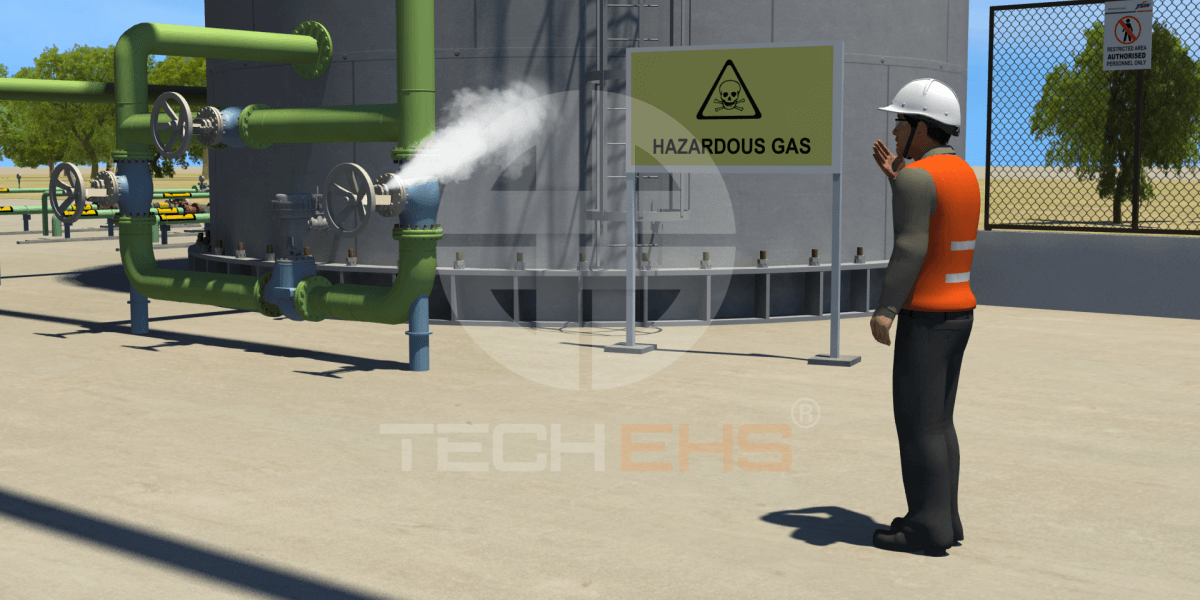
Table of Contents
Introduction
What happens when an accident occurs in an oil and gas sector?
And what needs to be done to mitigate accidents in the oil and gas sector?
To ensure that both of the above situations give positive results, the entire organization must undergo rigorous safety training. The training methods must be highly engaging, comprehensive, and retentive.
Therefore, 2D and 3D animations for safety training have emerged as powerful tools for understanding complex processes, especially those involved in handling hazardous hydrocarbons and managing safety systems.
Let’s explore how animations bring clarity to process safety.
Illustrating Safety Interlocks and Shutdown Procedures
Now, let’s discuss safety interlocks and emergency shutdown systems (ESD). These are crucial in preventing catastrophic failures, so a step-by-step understanding of these operations is crucial.
Animations provide a step-by-step guide to understanding these operations. Here is how they help.
Understanding Safety Interlocks
Automated mechanisms prevent unsafe conditions by halting operations when predefined limits are breached (e.g., high pressure, temperature). Instead of explaining this on a real machine through theory, an animation video will be more useful.
For example, a pump shutdown due to overheating can be shown in real time, with overlays explaining the interlock’s logic.
Shutdown Procedures
Animations guide operators in safely manually shutting down processes. Every step of shutting down is precisely shown so that the onlooker understands even the little things. Also, High-fidelity 3D animations demonstrate ESD system activations, highlighting sequences like isolating equipment, depressurizing pipelines, and venting gases. An intricate understanding of these procedures is essential for proper equipment shutdown.
Interactive Training
Using animations to simulate various emergency scenarios where trainees decide the shutdown sequence greatly affects training processes. Their decisions can easily be evaluated for accuracy and timeliness.
Conclusion
Animations provide a safer, more effective way to train oil and gas personnel in process safety. By visually breaking down hydrocarbon handling and safety systems, companies can ensure their workforce is better prepared for on-site challenges. Incorporating 2D and 3D visuals into training programs is no longer a luxury but a necessity for fostering a safety culture.
Safe procedures are essential to ensure the best operations, from rigging oil to transporting it. Employing the best methods to train employees is the best solution to ensure that safety training is best absorbed!



